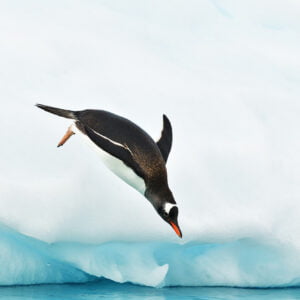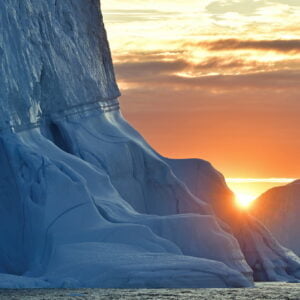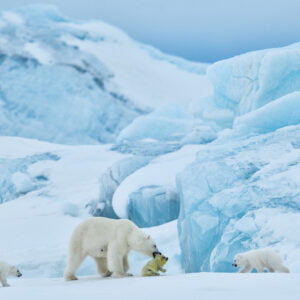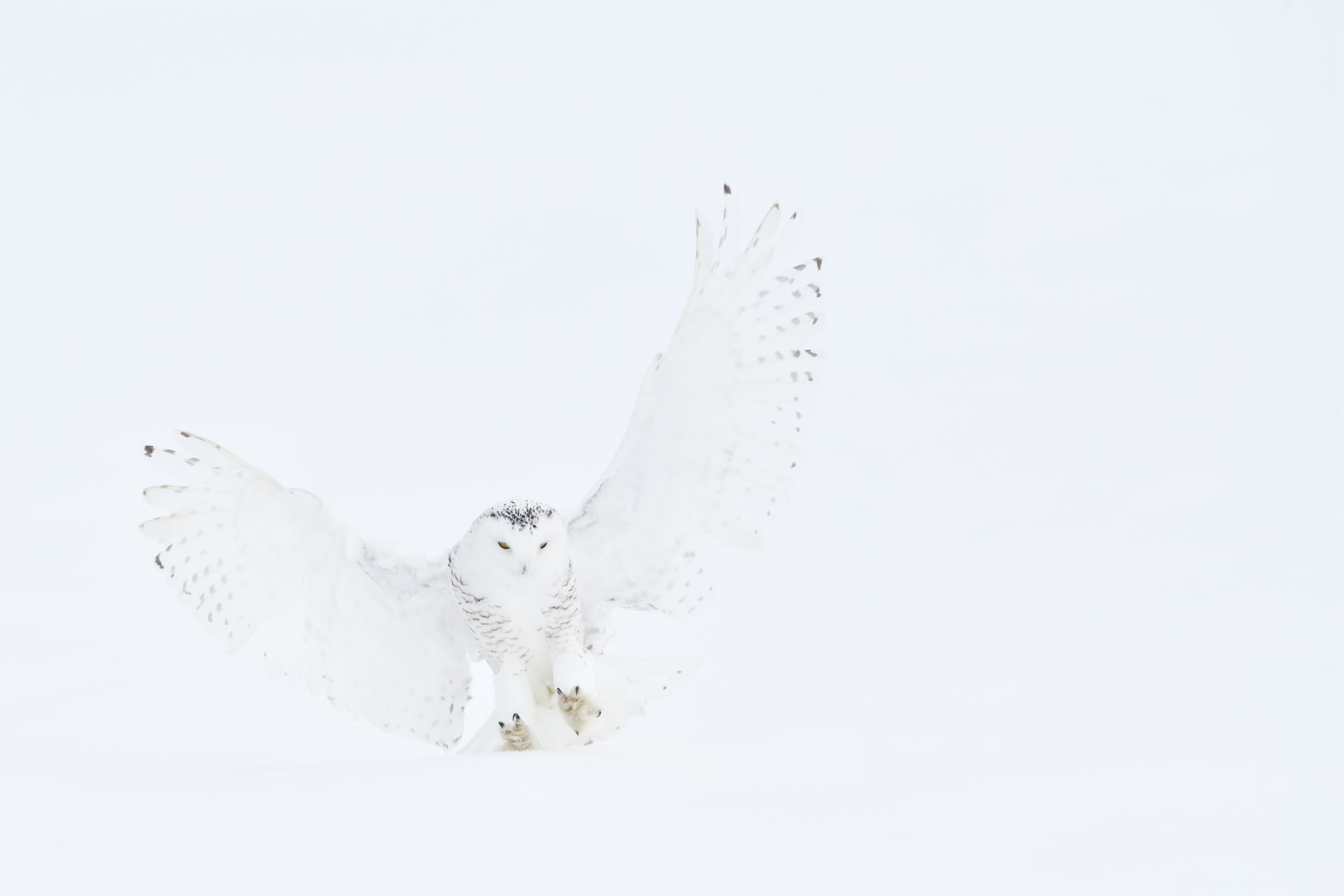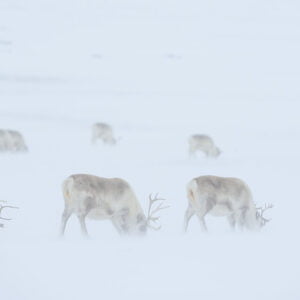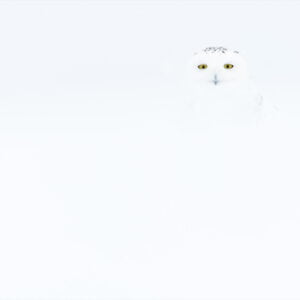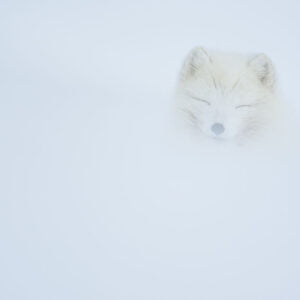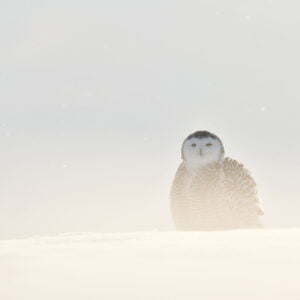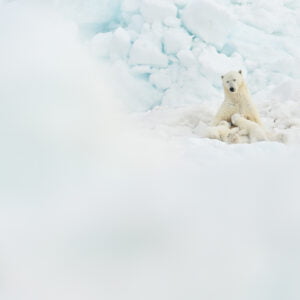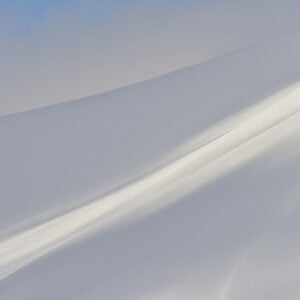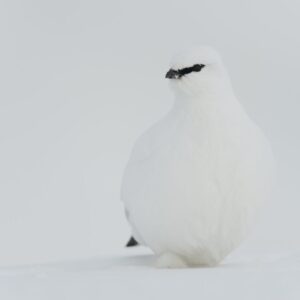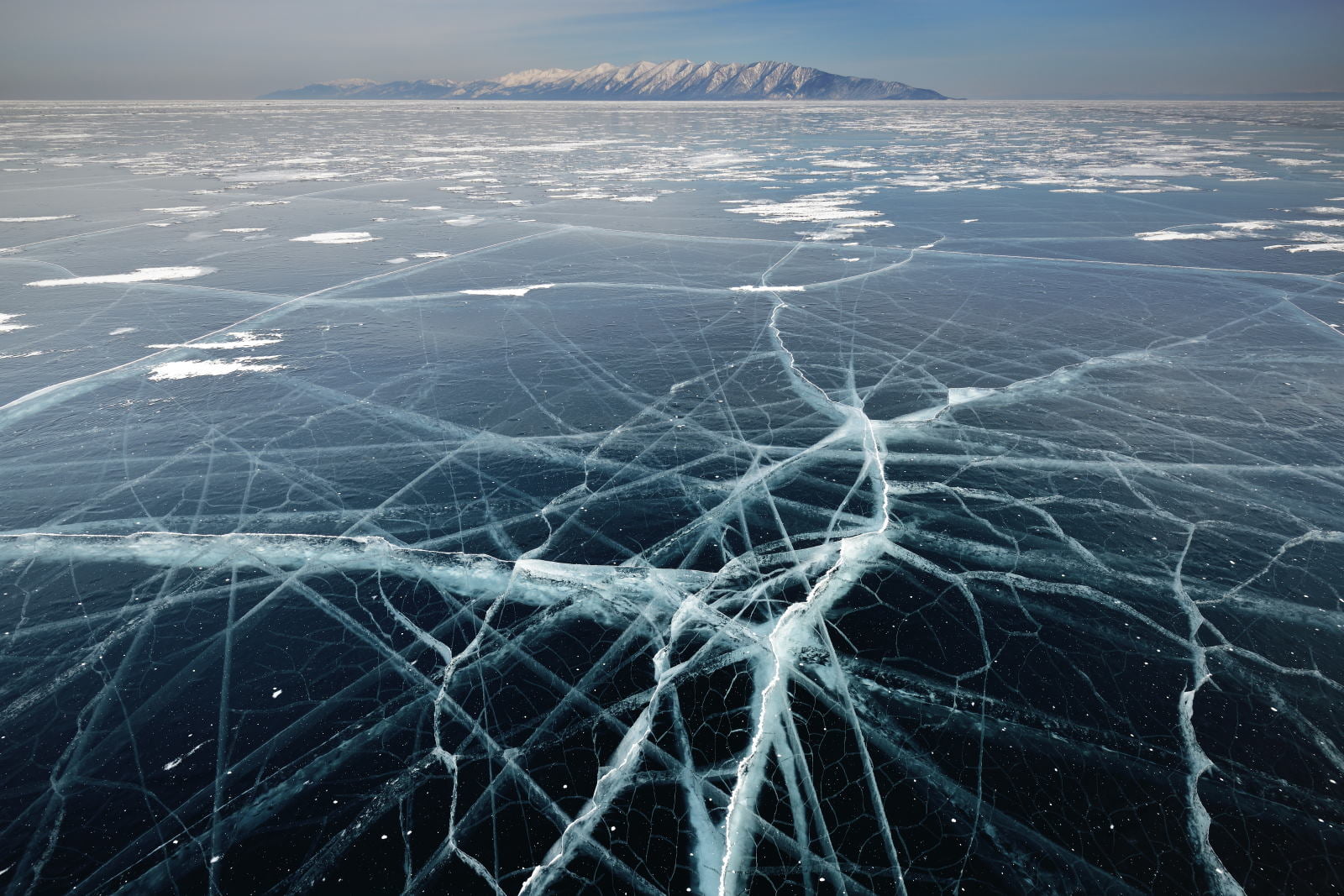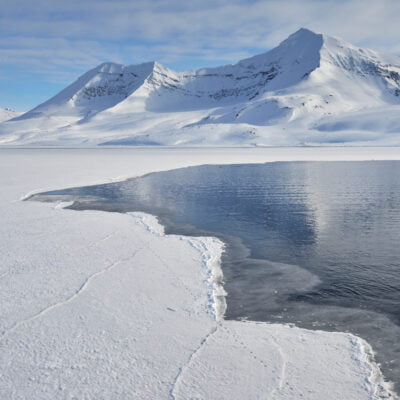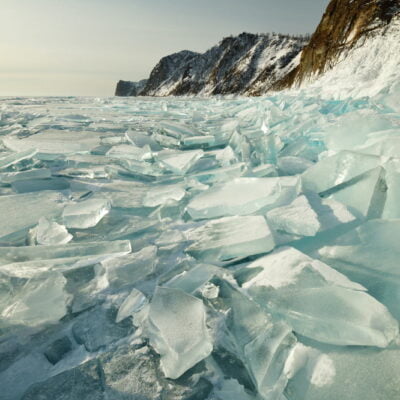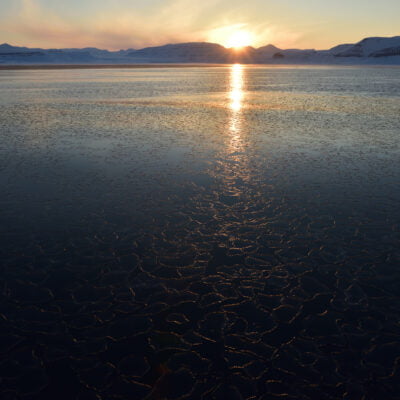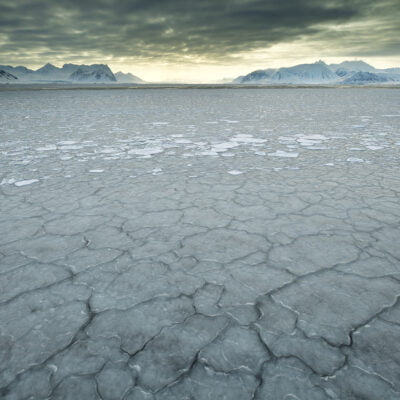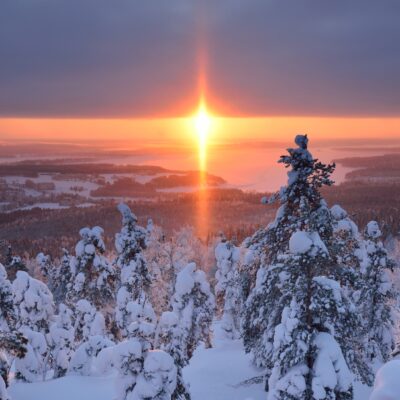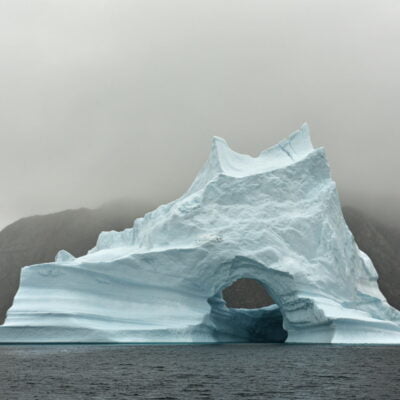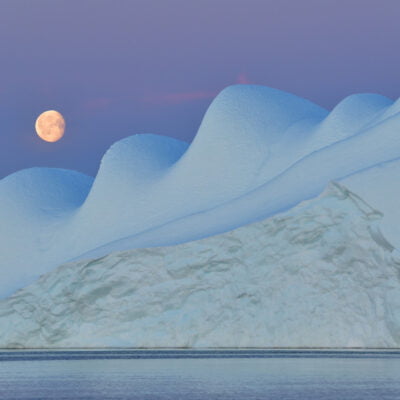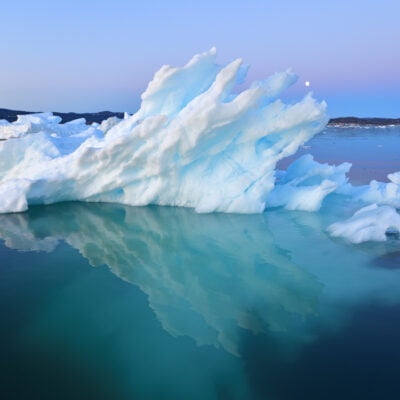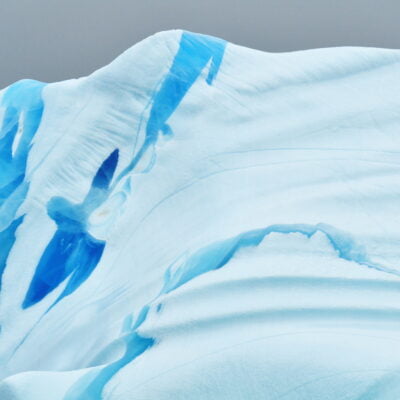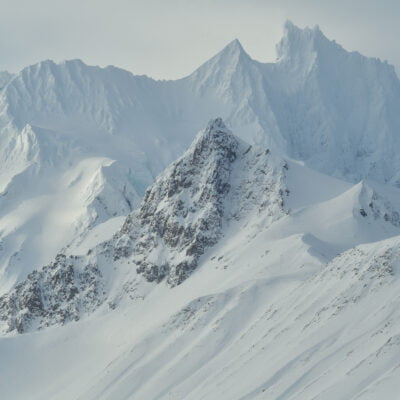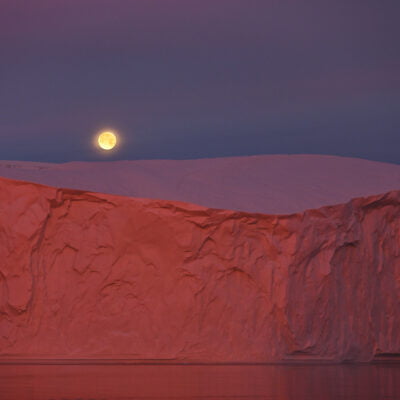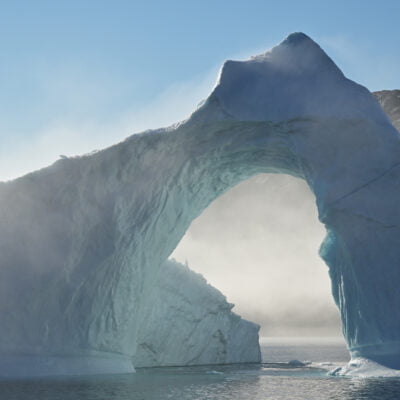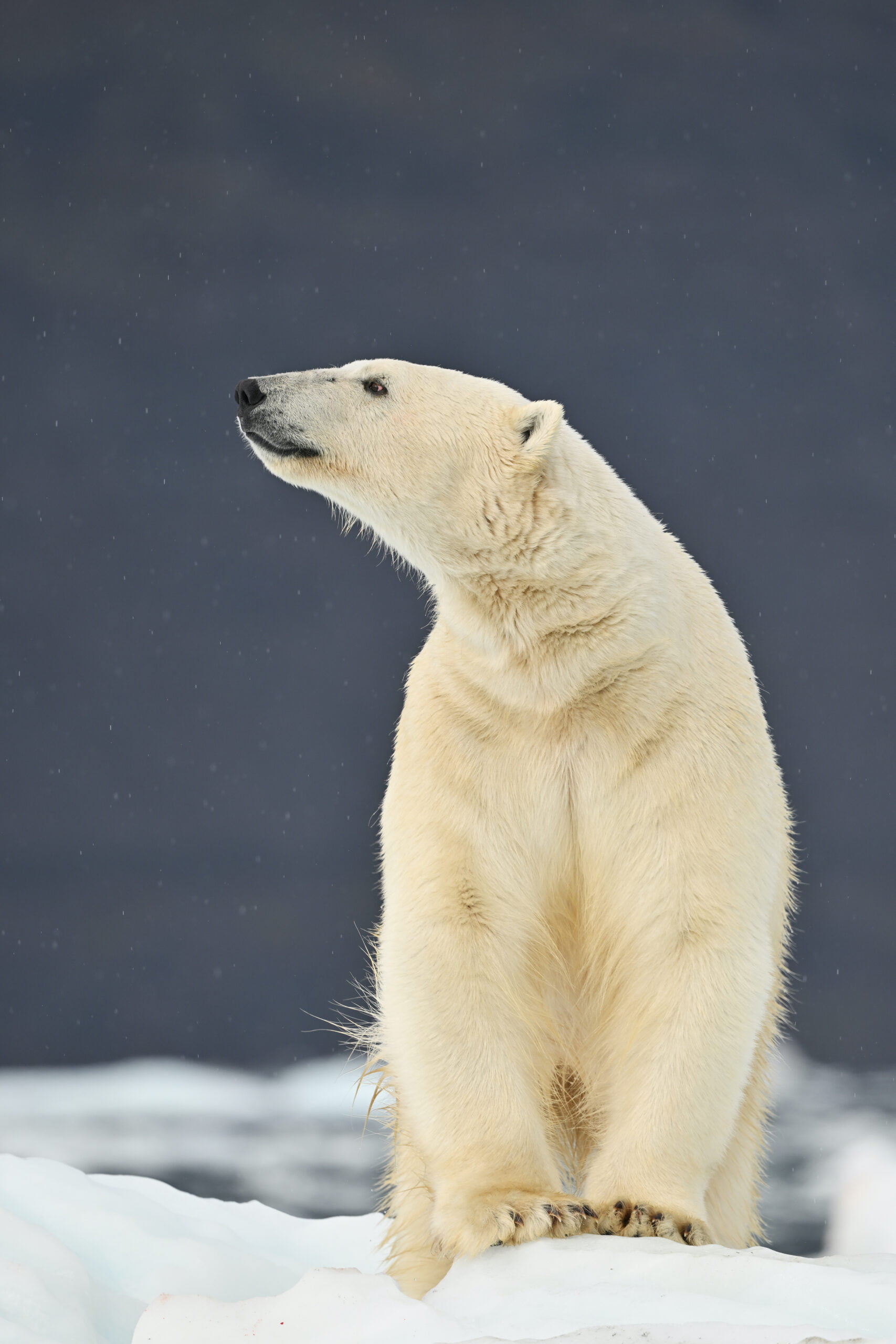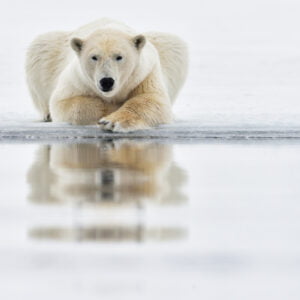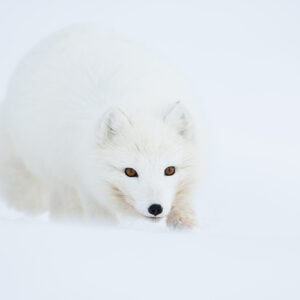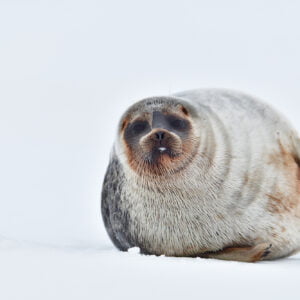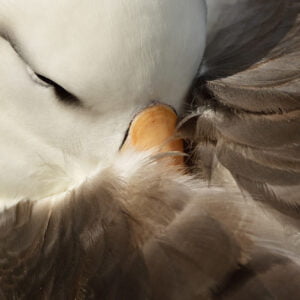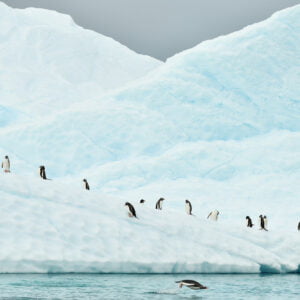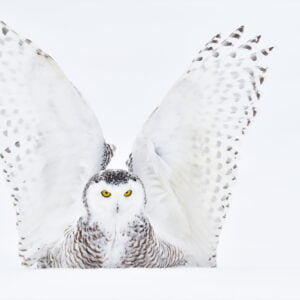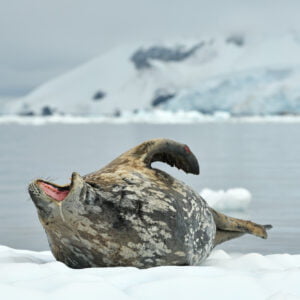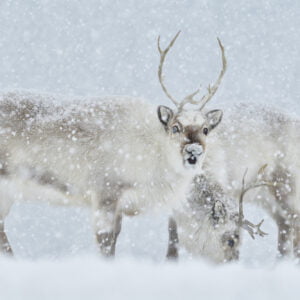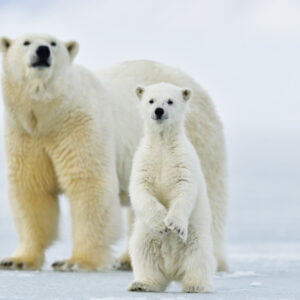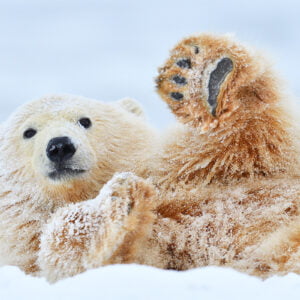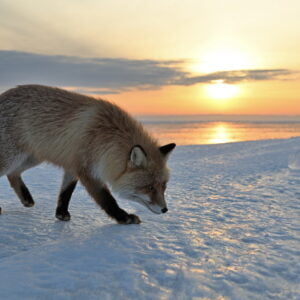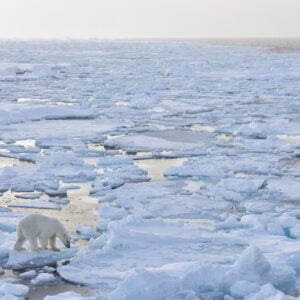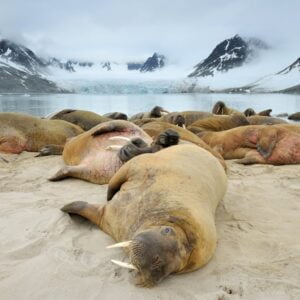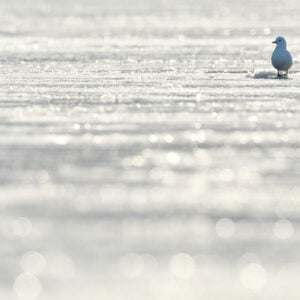Born in the Belgian Valley of the Leie, Yves Adams always had a passion for wildlife, landscapes and photography. As a child, you’d see him bike along his hometown river with a camera, looking for rare birds and beautiful scenery. After studying landscape architecture, he worked for different nature associations, where he did research and guided groups to share his knowledge.
Today, Yves has 25 years of experience as a nature photographer and a decade in leading expeditions. This makes him a sought-after guide for photographers who love to combine travel with improving their skills. His passion for the colder regions frequently brings him to Svalbard, Greenland, Antarctica, Alaska, Canada, and Siberia. The nature and wildlife in these places have become one of his main photography themes, offering a serenity, wildness, and perfection that he doesn’t quite find anywhere else. He shares a selection of this work and some practical tips for photography in sub-zero temperatures.
Minimalist and white
Playing with the extremes often creates strong images, whether it is light, temperature, the back- or foreground, distance, contrast, or proximity … To see an animal in its surroundings just before it would become too small to distinguish, while displaying the magistral landscape, is one of my favourite perspectives. On the other side of this spectrum, I love to zoom in to such an extent that you only see a detail of the animal, like its feathers, fur, or paws.
Minimal contrast in a landscape that’s already monotone is another beloved challenge. Purely white animals are stunning and serene, and to see them in a similar tone or background is pure magic. Less can be so much more. Just a minimum of colour and detail, nothing else.
Sometimes, I hold my lens very close to the snow, like with the snow fox. This blurs the foreground into white. Keeping enough reach on your subject and finding the ideal height requires a delicate balance. But working that limit, again, is what creates unique images.
I also look for extremes when it comes to the cameras I use. I want to have as little shadow as possible. No depth, no complexity. Maximal sharpness and minimal ISO value. Always maximum resolution. My current Nikon 45-million-pixel camera allows me to create the images I want, like depicting animals in the distance sharp enough when extremely zooming out. And the camera is not too heavy to handle.
360° water, snow and ice
White landscapes, mountain valleys, glaciers, stretches of snow and water, mountain tops, … these are phenomenal settings. Tranquil, with few disruptive elements. Honestly the most beautiful landscapes I can imagine.
I also find the structure of snow and ice fascinating. Ice floes, crystals, pack ice, glaciers, ice bergs, … In the polar regions, you often operate in frozen air filled with ice crystals. This is called ‘diamond dust’. It looks as if it’s snowing crystals under a clear blue sky. When they fall in front of the sun, they create a reflection called a ‘sun dog’. It’s a halo, reflecting the bright spot of the sun on one or both sides.
Animals of winter
Most people, when they see an animal, they walk straight in its direction. But the key is to observe them first and stay at a distance. Follow them for a while, until they arrive in an area that’s more beautiful to photograph or that allows you to photograph them from a bit closer, with a bigger lens. I take lots of time to observe, not just the animal but also its surroundings.
Following an individual can take hours, sometimes days. It’s a luxury we have on photo expeditions and it always results in better images. If you follow them unnoticed, they will lead you into a setting that makes the perfect back- or foreground for your shot.
Of course, an animal that approaches you is always an opportunity. So you should always have your photography gear close at hand – both your strong tele lens and a wide angle or at least medium zoom lens like a 24:70 mm, in case an animal approaches. For this, I carry the Boris backpack on most of my trips.
Checklist for photography in freezing temperatures
Here’s a checklist for your freezing photography session:
✔ Extra batteries
In extreme cold, batteries wear out very fast. Not just taking the pictures, but also the LCD-screens we use nowadays require tons of energy. So carry enough extra pairs en always turn off the back LCD-screen.
✔ Protect against condense
Protecting the lenses against differences in temperature is crucial, as condensation can be hard to get rid of. Going from outdoors to indoors is the biggest challenge. You’re in the cold in an atmosphere with a high level of humidity, partially caused by your breath, and you focus and zoom all the time, creating movement in the elements of your lenses. They suck up the air around the lenses, including your breath, which creates humidity inside the lens. This turns to condensation when you enter a warm place.
You can remove this with 2 techniques:
- The slow way: before you go inside, remove the batteries and memory cards and put them in your pockets, put your lenses and cameras in a closed bag, and then go inside and then leave the bag resting to acclimatise for a couple of hours.
- The quick way is shock treatment: you go inside with your gear and turn up the heat, open the bag and dismantle your camera. Lay all your lenses out with the caps removed, and open all the camera compartments: batteries, memory card, lens cap, tiltable flash, any rubber protections of your electronic contact points … anything to grant access to the heat. Condense will be immediate, but direct contact with the warm air will dry it out quickly. Rotating the focus ring of your lens and zoom will speed this up, pushing the humid air out and sucking dry air in. This process only takes 20 minutes but requires a dust-free environment, so be sure to have sensor swaps and good material for cleaning the dust off your lenses.
✔ No frostbite
The biggest problem is frostbite – metal burning your skin upon contact, making your skin stick: when your nose touches the LCD screen, your chin touches the tripod, or you handle the metal with your bare hands.
To avoid direct contact, I put tape on all the metal and always wear a balaclava or buff.
✔ Protect your lenses
Regulate your breath and blow the air away from your gear to avoid damping the glasses and searcher, because dampness can freeze immediately, requiring you to stop and go inside to clean your gear. Mr Jan Gear’s lens cover works well for insulation against the wind, snow, ice crystals and the biggest cold.
✔ Keep your gear dry
When operating on the water from rubber boats in the Arctic or Antarctic, Mr Jan Gear Ponting bags offer the best option to keep your camera bag dry! This is essential when you’re at sea in rough weather, and saltwater splash is inevitable.
Copyright: all images by Yves Adams
